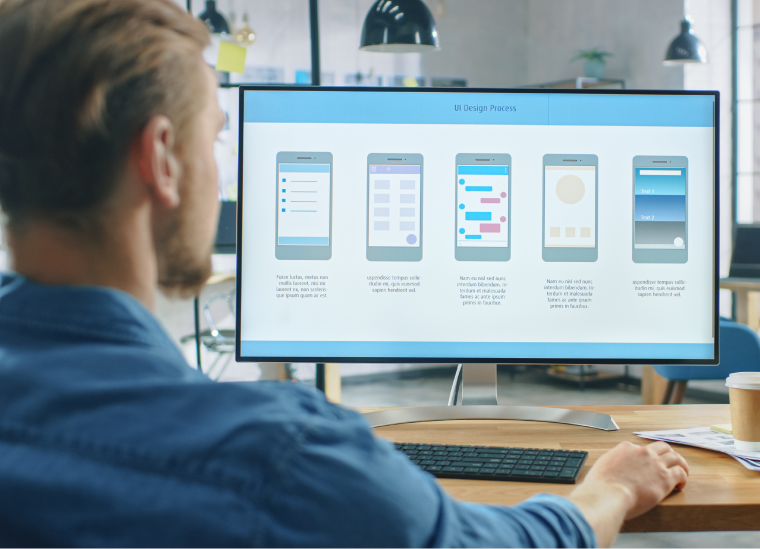Apps Development

Revolutionize your user engagement with cutting-edge app development.
Our Service
In today’s mobile-first world, a user-friendly and engaging app can be the key to unlocking your business potential. We are a leading app development service provider, dedicated to crafting innovative and intuitive mobile apps that captivate your target audience and drive growth.
What We Offer:
Comprehensive App Development Services: We cater to a wide range of app development needs, including:
Native App Development: Build high-performance apps for specific platforms (Android or iOS) that leverage unique device features and functionalities.
Cross-Platform App Development: Reach a broader audience with cost-effective apps that work seamlessly across different platforms using frameworks like Flutter or React Native.
E-commerce App Development: Design and develop user-friendly shopping apps to streamline your online sales and enhance customer experience.
On-Demand App Development: Create innovative apps that connect users with services or products in real-time, fostering convenience and engagement.
Enterprise App Development: Develop secure and efficient internal apps to improve communication, collaboration, and productivity within your organization.

Why Choose Us:
Expert App Developers: Our team comprises experienced app developers, designers, and UI/UX specialists who are passionate about creating beautiful, engaging, and functionally rich apps.
User-Centric Design: We prioritize user experience (UX) by conducting thorough research and implementing user-friendly features that ensure a seamless and intuitive user journey.
Agile Development: We adopt an agile development approach, fostering constant iteration and close collaboration with you throughout the development process.
App Store Optimization (ASO): Optimize your app for app store discovery, increasing its visibility and organic downloads.


